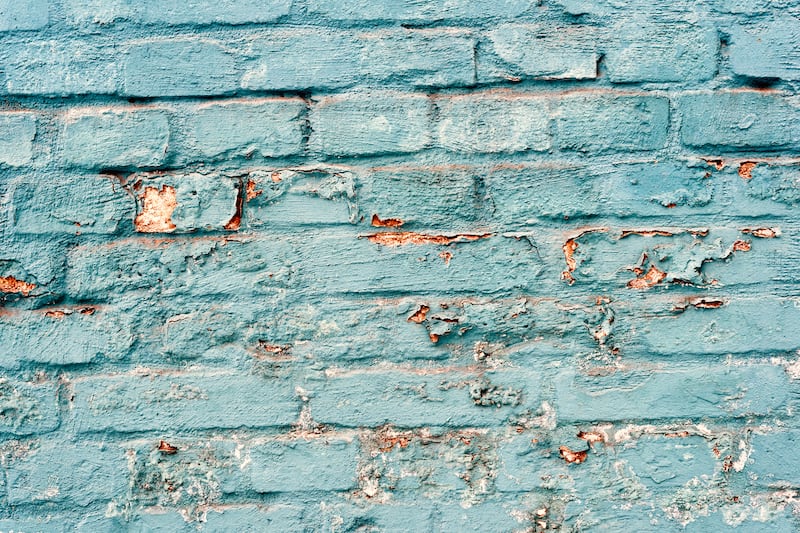I built a two-storey house three years ago. The builder that completed the house confirmed that a crack on an internal concrete wall in the kitchen is as a result of the house drying out and the crack formed in an area of the wall that has the least lateral resistance, beside an open door. I accepted the response, and thankfully there does not appear to be any other issues. The crack however, keeps reappearing when I fill it with filler. The crack is not getting bigger but it's very much unsightly. Should I be worried?
The first consideration here is if you should be worried or not. Based on the history as you have described it, I would be confident in saying that you have nothing to worry about. Typically, structural issues tend to worsen rapidly over time.
Your house is three years old. All structures will “settle” when completed. Buildings generally bed down following construction and this can continue for up to 10 years after completion. In tandem with typical settlement, buildings are subject to thermal movement. This means that the building will expand and contract depending on the temperature of the building materials incorporated into the structure. Most people will be familiar with rainwater gutters creaking on a hot day as they expand and contract. All building materials are subject to this type of movement.

When buildings settle or move, they will crack because of their brittle nature. Building materials are typically very strong in compression but weak in tension. It is normal in large buildings to incorporate movement joints. You may have seen these as metal strips on floors and walls in large buildings, such as hospitals or airport terminals, where vast floor areas are involved. It is typical that domestic structures will be built without such movement joints. Cracks that form through initial settlement then become ready-made movement joints. This is why a crack will continually reappear, no matter how many times it is filled.
Imagine a miniature scale model of your house similar to those you see of proposed new developments. If you could pick up the model and bend it, it would crack at a weak point where there is no restraint, just as your builder has described. Settlement of the property can result in similar forces to this bending movement.
The building will continually expand and contract as temperatures vary and the initial settlement crack will accommodate this natural movement.
The type of crack you describe is typical. In my experience, particularly with longer narrow bungalow type properties, a crack will typically form at the door leading from the wider entrance hallway into the rear room “off the hall”. This coincides with a weak point in the structure. In older 1970s properties, you typically see that this crack has been filled many times only to reappear.
My advice would be to conceal the crack behind a repair, which allows movement to continue. This can be achieved by fixing a new plasterboard layer over the affected area, making sure that the new lining is adhered to one side of the open crack only. In the event that this new lining would need to cover a large area of the wall, it may be more appropriate to hack off the plaster around the crack. You should provide an expanded metal over the crack and plaster this. The insertion of a separating layer behind the expanded metal should accommodate movement without the crack showing through.
If you want peace of mind you should ask your local building surveyor to take a look but I would try to avoid worry at all costs.
Noel Larkin is a chartered building surveyor and member of the Society of Chartered Surveyors Ireland, scsi.ie










